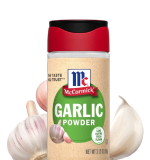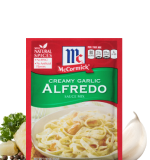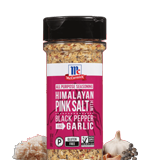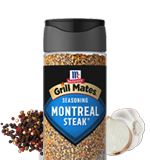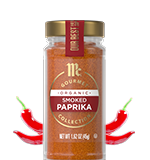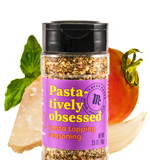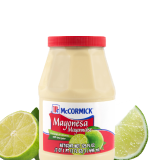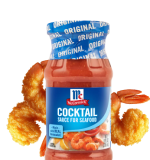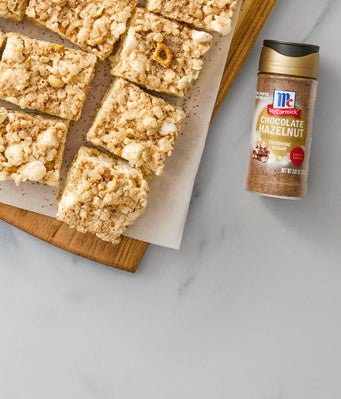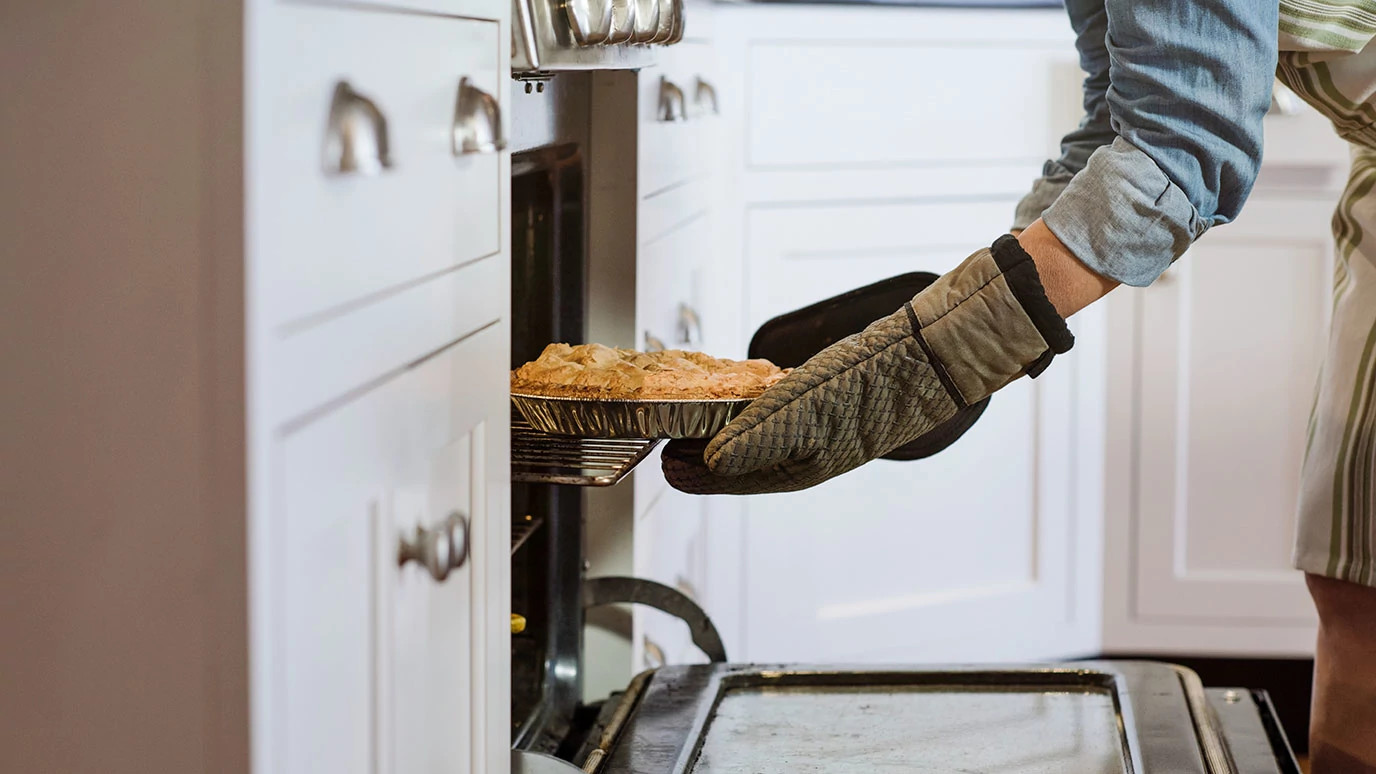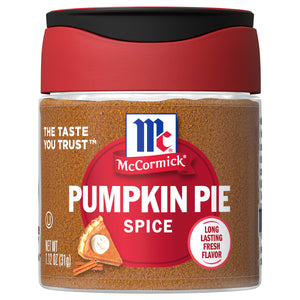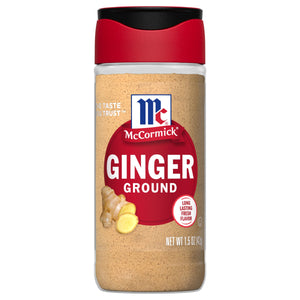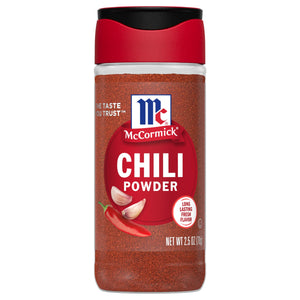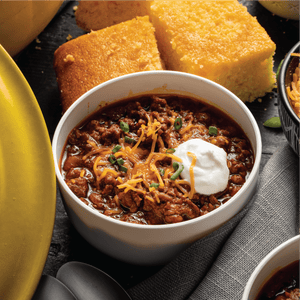

Articles, Tips & Kitchen Inspiration
Explore the full collection of McCormick articles, where expert tips, how-tos, and flavor-packed ideas turn everyday meals into memorable moments.
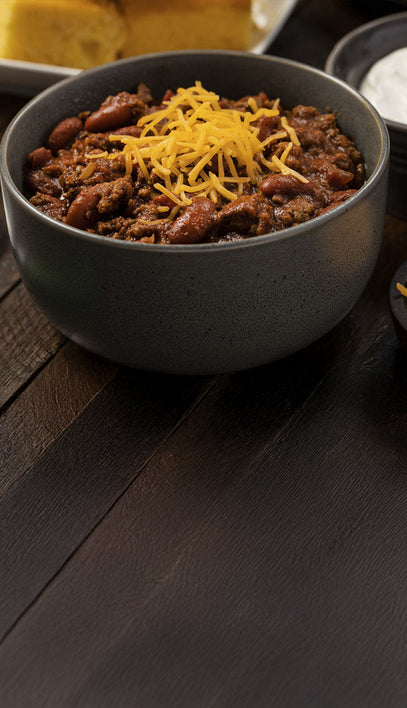
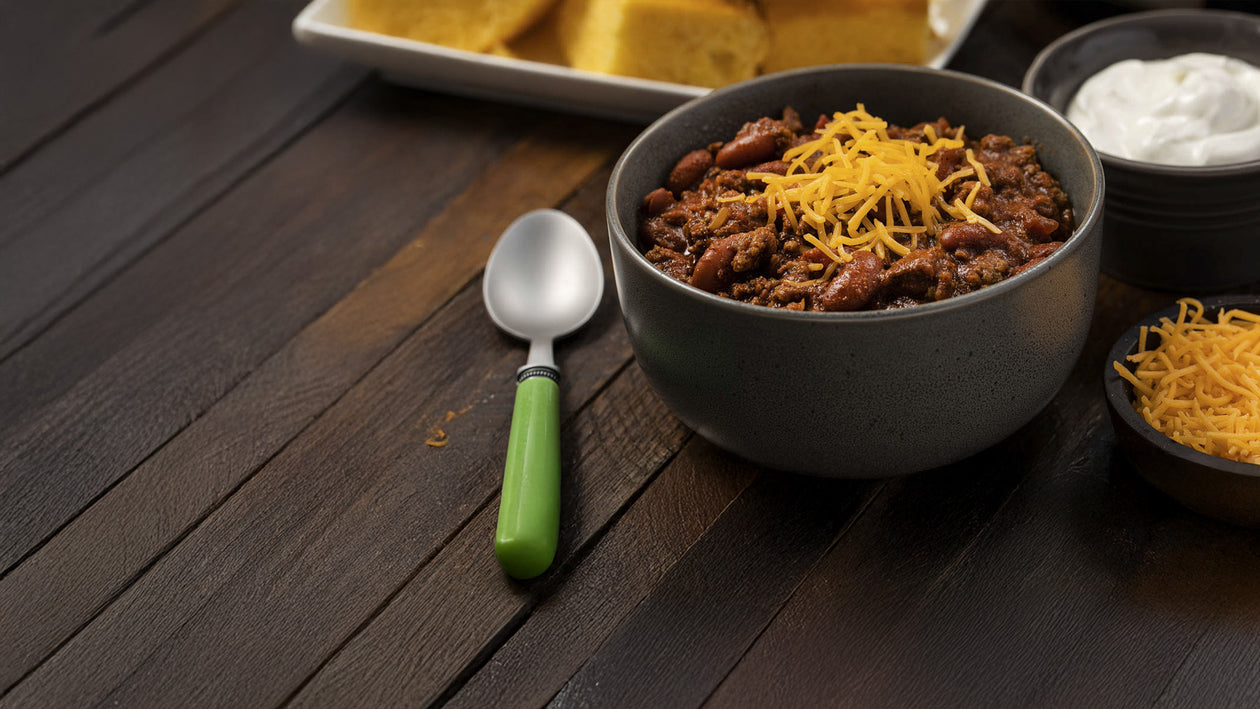
Slow Cooker Comforts Made Simple
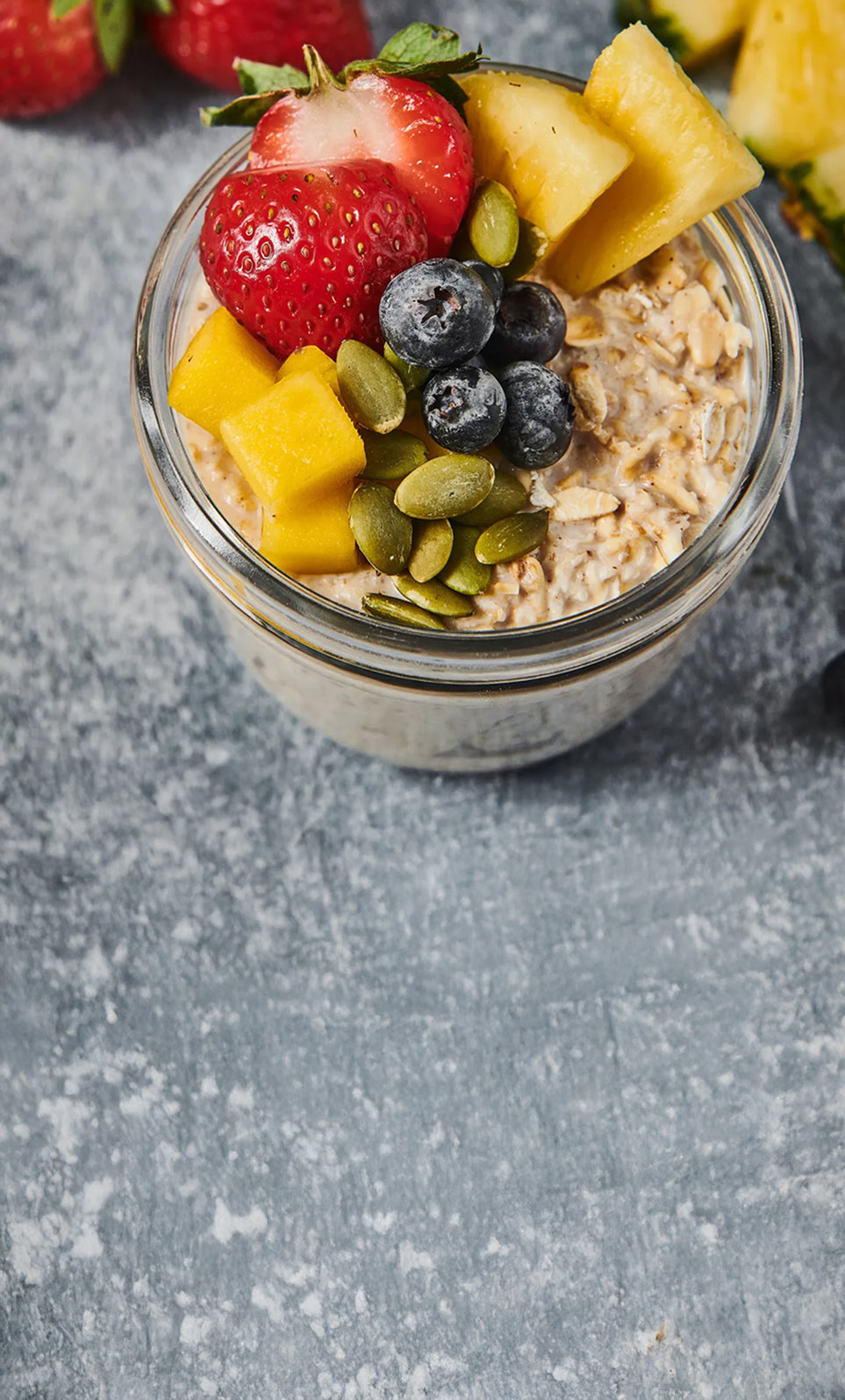
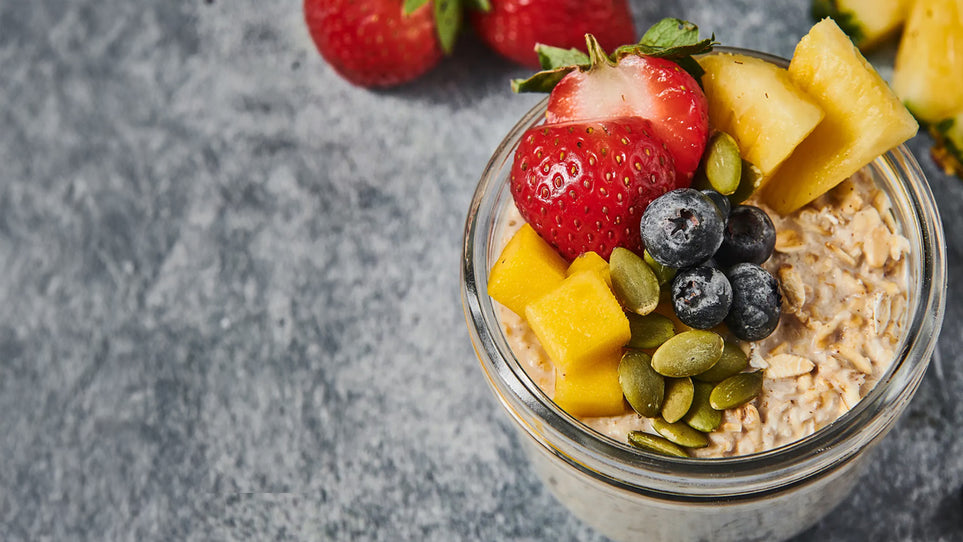
15 Easy Breakfast Meal Prep Ideas
Pressed for time in the mornings? From overnight oats to egg bakes. These quick and creative ideas make breakfast one less thing to worry about. Get the fuel you need without missing a beat.
You Might Also Like

Decadent Brownie & Blondie Recipes for Every Craving

The Best Chocolate Chip Cookie Recipes

Game Day Recipes That Score Big: Appetizers, Wings, Dips & More

Quick (and Easy) Weeknight Dinner Ideas

How to Half, Double and Triple Recipes

Cooking Conversions Guide

12 Best Soup Recipes to Give You All the Warm Feelings


